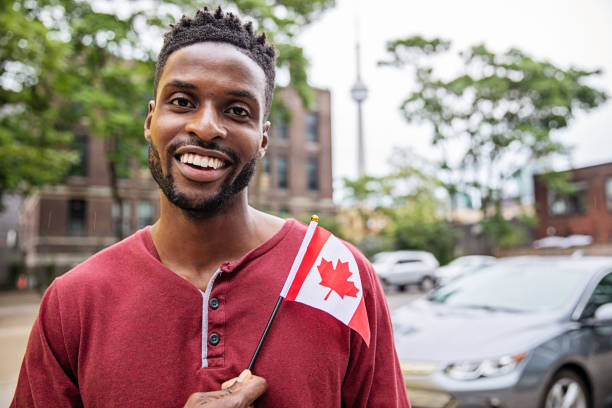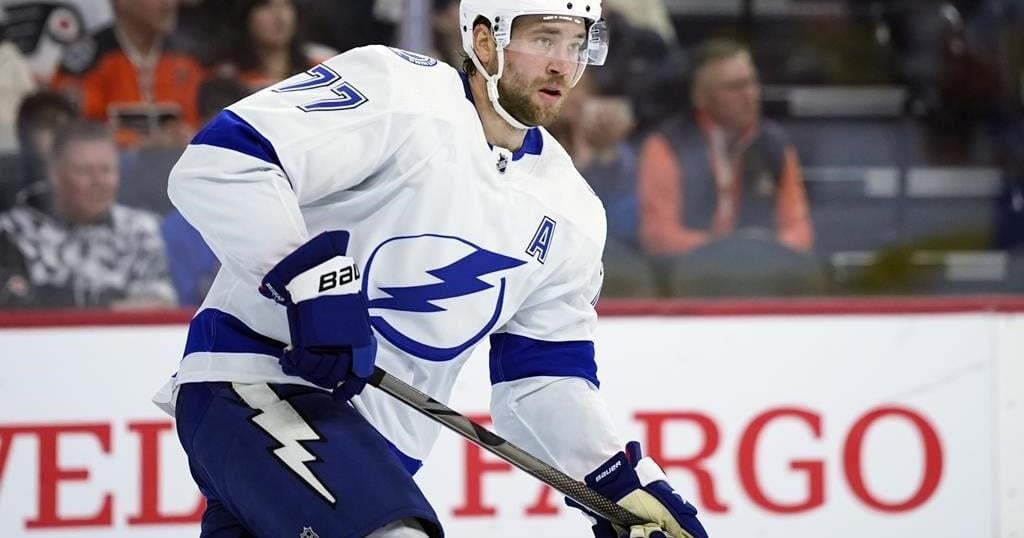Mackenzie Hughes might just be what the International team needs as this year’s Presidents Cup.
Hughes, from Dundas, Ont., is one of three Canadians on the squad competing in the match-play event at Royal Montreal Golf Club next week.
His putting skills, cool demeanour under pressure, pre-existing connections with teammates and clubhouse leadership could help the team — made up of non-American players outside Europe — end a nine-tournament losing skid to the United States at the biennial event.
“I’ve had this one circled on the calendar for a few years now,” said Hughes on joining fellow Canadians Taylor Pendrith and Corey Conners as captain’s picks on the 12-player International team. “I pretty much knew that when it was announced the tournament would be in Canada and that Mike Weir was going to be the captain, you pretty much knew where that was going to go.
“To get that call from (Weir) is really special because he’s the guy that I looked up to, we all looked up to, as Canadian golfers.”
Pendrith and Conners are returning to the team after a disappointing 17 1/2 to 12 1/2 loss to the United States at Quail Hollow Club in Charlotte, N.C. in 2022.
Hughes was ranked 14th on the International team standings in 2022 and could have easily been included on that squad after Australia’s Cameron Smith and Chile’s Joaquin Niemann were ruled ineligible after jumping ship to the rival LIV Golf circuit.
However, captain Trevor Immelman of South Africa instead chose the lower ranked Christiaan Bezuidenhout (16th) of South Africa, Pendrith (18th), South Korea’s Kim Si-woo (20th) and Australia’s Cameron Davis (25th).
“I certainly wanted to be on that team but also I understood the picks,” said Hughes, who lives in Charlotte and plays at Quail Hollow regularly. “I think that like a lot of guys that don’t get picked you more so look back on your own play and I wish I had made that selection easier for them.
“I didn’t do myself any favours in the six weeks leading up to it and that’s a hard pill to swallow.”
It may have been a costly oversight on Immelman’s part, as finishing holes was an issue for the International team in 2022 and Hughes is one of the best putters on the PGA Tour. This season he’s third in shots gained around the green and fifth in shots gained from putting.
“It doesn’t mean that just because I was there it would have turned the tide, but I’d like to think maybe I could have helped,” said Hughes. “That’s why you play the matches. You have to get out there and do it.”
This year Hughes made it easier for Weir, the Canadian golf legend from Brights Grove, Ont., to choose him. Hughes is 51st in the FedEx Cup Fall standings and has made the cut seven tournaments in a row, including a tie for fourth at last week’s Procore Championship.
“Mac played very solidly all year. Really like his short game, an all-around short game,” said Weir on Sept. 3 after announcing his captain’s picks. “He’s one of the elite and best short game guys on the PGA Tour
“I also love Mac’s grit. So that was the reason I picked him.”
Hughes’s intangible qualities go beyond grit.
He, Pendrith and Conners will arrive at Royal Montreal as a unit within the International squad, having become close friends while playing on Kent State University’s men’s golf team before turning pro. They’re also part of a group of Canadians, including Nick Taylor and Adam Hadwin of Abbotsford, B.C., that regularly practice together before PGA Tour events.
“To have those guys with me is really icing on the cake, it’s very special,” said Hughes. “Opportunities like this don’t come around very often: to play this kind of team competition, which is already hard to do, but to play with some of your best friends, it almost seems scripted.”
An 11-year professional, Hughes has also been a member of the PGA Tour’s player advisory council the past two years and has been an outspoken advocate for making professional golf more accessible to fans.
Although Weir relied heavily on analytics to make his captain’s selections, Hughes’s character came up again and again when asked why he was named to the team.
“I just have a gut feeling with Mac that he has what it takes in these big moments,” said Weir. “They’re big pressure moments, and I have a feeling he’s going to do great in those moments.”
DP WORLD TOUR — Aaron Cockerill of Stony Mountain, Man., continues his chase for a spot in the Europe-based DP World Tour’s playoffs. The top 50 players on the Race to Dubai standings make the DP World Tour Championship and Cockerill moved eight spots up to 39th in the rankings after tying for ninth at last week’s Irish Open. He’ll be back at it on Thursday at the BMW PGA Championship at the Wentworth Club in Surrey, England.
KORN FERRY TOUR — Myles Creighton of Digby, N.S., is ranked 38th on the second-tier Korn Ferry Tour’s points list. He leads the Canadian contingent into this week’s Nationwide Children’s Hospital Championship. He’ll be joined at Ohio State University Golf Club — Scarlet Course in Columbus, Ohio by Edmonton’s Wil Bateman (53rd), Etienne Papineau (65th) of St-Jean-Sur-Richelieu, Que., and Sudarshan Yellamaraju (99th) of Mississauga, Ont.
CHAMPIONS TOUR — Calgary’s Stephen Ames is the lone Canadian at this week’s Pure Insurance Championship. He’s No. 2 on the senior circuit’s points list. The event will start Friday and be played at Pebble Beach Golf Links and Spyglass Hill Golf Course in Monterey, Calif.
LPGA TOUR — There are four Canadians in this week’s Kroger City Championship. Savannah Grewal (97th in the Race to CME Globe Rankings) of Mississauga, Ont., Hamilton’s Alena Sharp (115th), and Maude-Aimee Leblanc (142nd) of Sherbrooke, Que., will all tee it up at TPC River’s Bend in Maineville, Ohio.
EPSON TOUR — Vancouver’s Leah John is the low Canadian heading into the Murphy USA El Dorado Shootout. She’s 54th in the second-tier tour’s points list. She’ll be joined by Maddie Szeryk (118th) of London, Ont., and Brigitte Thibault (119th) of Rosemere, Que., at Mystic Creek Golf Club in El Dorado, Ark.
This report by The Canadian Press was first published Sept. 18, 2024.
























